Want to Know Your Brand’s Weaknesses? Ask These 3 Questions
Curt Hanke — FOUNDER, PRINCIPAL, CEO & CHIEF STRATEGIST
Originally published in INC. Magazine on March 18, 2014
You can’t fix something if you don’t know where it’s broken. Here are three questions that will help you pinpoint your brand’s weaknesses.

No matter how thoughtfully designed or meticulously executed, every brand has its weaknesses — or its “imperfections,” if you will. They are those points of interaction that are less than what were intended by the business’s leaders and brand stewards — or more importantly, less than what were expected and/or hoped for by its customers.
Like it or not, in an era of increasing competition and a “what have you done for me lately?” mentality, brands are only as strong as their weakest link. Which begs the question: Where are your weakest links — and what are the implications for your business?
Here are three simple, provocative questions to help you reveal your brand’s weaknesses — since knowing the problem is (almost always) half the battle.
1. What do your least satisfied customers say about you?
Yes, it’s an obvious place to start, but when was the last time you truly stepped back and fully listened with a fresh mind and open heart? Far too often, time, inertia, and excuses harden into “that’s just the way it’s done.” This passivity means that we collectively (and organizationally) stop listening, make excuses, and move on. That’s hardly a proactive or thoughtful approach to brand management.
Put on your dissatisfied-consumer hat. What do you see? Take a holistic look at your brand. Review all of the formal and informal data you can get your mitts on — inbound emails, social-media comments, customer-service reports, call sheets, qualitative and quantitative research, feedback from other departments, and so on.
Map this against every point where your customers interact with your brand. Where are you weakest? Where is the feedback particularly negative, and why? What influence is this “brand distress” having on your customer’s path to purchase — and/or how is it affecting potential new customers? What does this information tell you? And where do you not have great data (but wish you did)?
Whether you’re small or big, B2B or B2C, keeping an eye on customer satisfaction — and the size and nature of dissatisfied customers’ concerns — is a critical indicator for the health of your brand.
2. If you were hired by a competitor to attack your brand, what would you do?
How’s that for a provocative question? That’s right, tomorrow you’re going across the street to work for your biggest competitor — and you have an intimate knowledge of the good, the bad, and the ugly of your now former brand.
From this different vantage point, what do you see? Where would you attack? Why? Toward what ends? With what considerations and caveats?
In addition, consider your “previous” brand through the eyes of a hungry young startup. Where is your “old”
brand strong or weak in the context of an ambitious rival with nothing to lose and everything to gain? How might your attack plan change based on this particular vantage point?
Fresh perspectives yield fresh insights. And odds are, someone is out there right now asking these very same questions — so it behooves us all to play good chess and think at least a few moves ahead.
3. If you could wave a magic wand and instantly change three things about the way your brand interacts with your customers, what would they be?
For just a second, forget the people and the problems, the politics and the process (or lack thereof). Take a moment and define three things — small or large — that could make a big difference for your brand.
From a corporate standpoint, what three changes could yield the greatest impact for your business? For sales? Leads? Referrals? Brand equity? Repeat business?
Or likewise, take a look at your brand through the eyes of your customers and prospects. Which three changes could amplify their affinity? Remove key frustration points? Embolden their desire to champion your brand? And so on.
Renowned strategist Sun Tzu once said, “Know yourself and you will win all battles.” And he’s not just referring to knowing the good stuff. So get to work. Dig deep. Find your weaknesses, and arm your brand for a stronger future.


